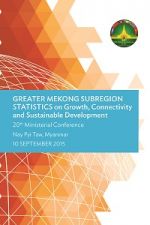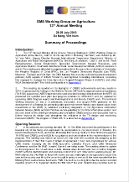
Investing in Natural Capital for a Sustainable Future in the Greater Mekong Subregion
Natural capital has been a key contributor to the Greater Mekong Subregion’s rapid economic growth over the past 3 decades or so, but key natural capital stocks are in a state of decline.








